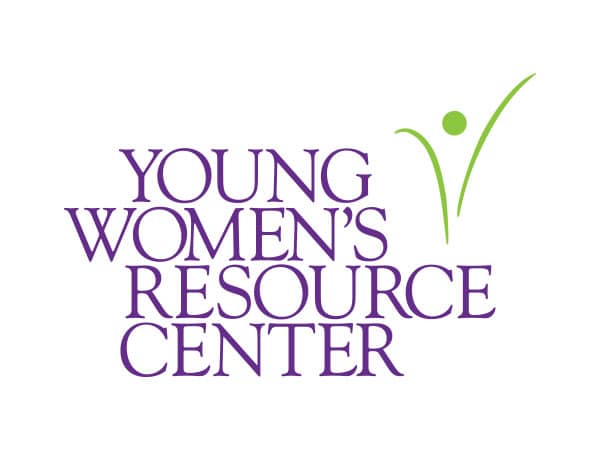Guest Opinion: Getting vulnerable with a new team

By Brianne Sanchez | Program officer, Principal Foundation
I cried in front of my work team, and I don’t regret it.
We were at Eagles’ Nest, the quirky retreat spot owned by In the Bag catering, for our first retreat. It was four months into building out a new team with ambitious goals, and we were practicing coaching techniques as a group. I volunteered as the “coachee,” after thinking long and hard on a goal that could help move me forward in my professional and personal life.
From the beginning, our team has prioritized efforts to understand personality dynamics as much as the typical onboarding orientation to the company and our roles. We worked with Wright Lookingbill to take the Birkman Assessment to learn our preferred styles and strengths as well as our stressors. It was helpful to get a sense not only of my own needs and behaviors, but how they could complement or counter those of my teammates. This kind of knowledge allowed us to start from a foundation of trust, which is essential for learning and growing – individually, and together.
So, in a small conference room overlooking the Des Moines River, I took a deep breath and asked for help with one of my flaws – or, as an empathetic colleague calls it – a “more human characteristic.” I barely had the words out of my mouth before the water works started. But since my colleagues knew I wear my emotions close to the surface, they handed me a tissue and we waded into the issue together. Working from a clearly laid out coaching framework with specified questions and flow, we talked through what I wanted to change, strategies for solving my problem, and set up a plan for follow-up.
In my case, I know that I am eager for feedback, but can quickly get defensive in the process. (There – I just got vulnerable with all of you readers, too!) When we create a safe environment for people to own up to their stress behaviors, we’re in a place to start looking for solutions. The coaching framework doesn’t necessarily eliminate emotion, but fosters the kind of thoughtful reflection that helps a team member focus on what’s important and move forward.
Crying at work is controversial, and different leaders handle tears differently. Is crying weakness? Authenticity? Only accepted from or by women?
Not everyone emotes in the same way. Investing in better understanding what it means when a colleague goes quiet, starts micromanaging, or cries is important to maintaining a healthy team. Creating space and time for connection will help you meet your team’s needs, and lead to more authentic leadership capabilities.
I don’t regret opening up – even when it inspired tears – because that vulnerability created accountability for me to address a challenge that has influenced my relationships at home and at work. By becoming less defensive in the face of critique, I’ll open myself up to more perspectives and possibilities. And, hopefully, greater success.
Brianne Sanchez is a community engagement professional, writer, partner and parent. She serves as program officer for Principal Foundation and is a contributor to dsm magazine. Contact her via email.










